Images: New Lab Creates Beautiful 3D Models of Fossils, Rocks
The Princeton Rocking Grinding Lab
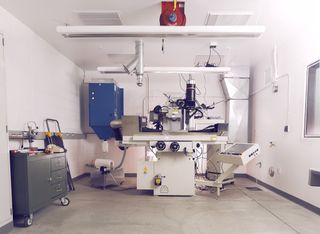
The grinding machine sits on an isolated slab of concrete inside the temperature-controlled Princeton Grinder Lab.
Close-up of the grinder
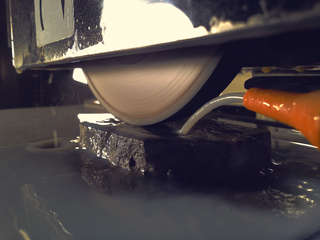
The grinding wheel spins between 2500 and 3300 RPM, depending on the material's hardness and composition. Grinding fluid is used to lubricate the sample and wheel, and to reduce dust.
A freshly-ground oolite

The smooth surface of a freshly-ground oolite sample – a sedimentary rock containing sand grains coated in concentric layers of calcium carbonate.
Reconstructed oolite
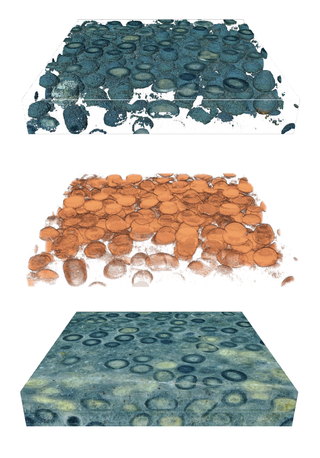
3D reconstructions of an oolite sample. Bottom:Image scan of the sample. Middle: Raw model data. Top: The segmented 3D mesh colored with the original textures and colors of the sample.
Reconstructed oolite, blended
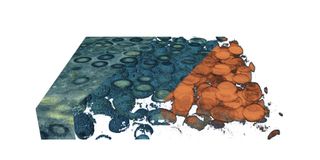
3D reconstructions of an oolite sample, blended together.
Fossil sponges
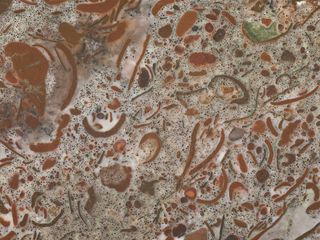
Researchers at the Princeton Grinding Lab believe these red specks – cemented within a rock that is about 640 million years old – might be the fossilized remains of ancient sponges. If the researchers are correct, these fossils could represent the earliest evidence of fossilized animal life ever discovered. The team is using the rock grinder to create stacked images of the rock to see if the red specks do, indeed, look like sponges when reconstructed in 3D.
Computer model of fossil sponge
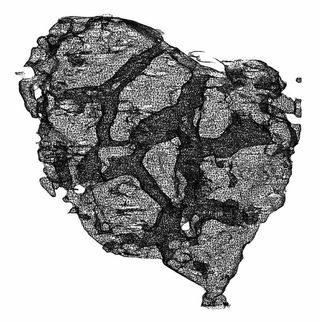
A 3D reconstruction of a potential sponge fossil, created from images produced by the grinder.
Sign up for the Live Science daily newsletter now
Get the world’s most fascinating discoveries delivered straight to your inbox.

Most Popular

